Brahma Kamal Plant Vastu emphasises the importance of proper care for this exquisite flower native to the Himalayas. Brahma Kamal, also known as Saussurea obvallata, requires specific conditions to thrive and produce its stunning blooms. Ensuring its proper care is essential for its healthy growth and vibrant appearance.
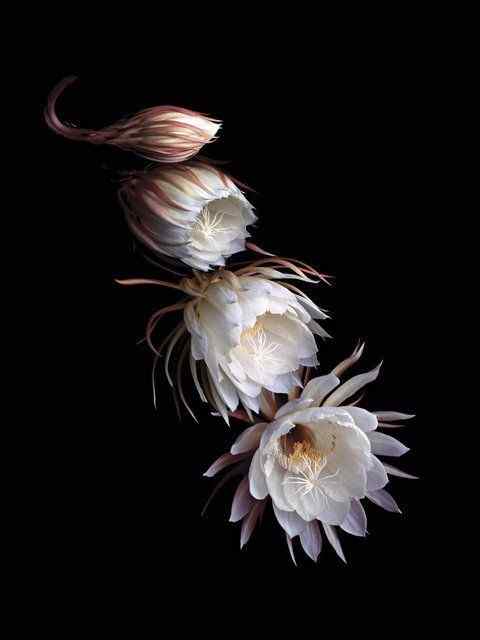
Things we covered for you
Mythological Significance of Brahma Kamal Plant

In Hindu mythology, the Brahma Kamal plant is considered a sacred symbol of purity and transcendence. It is believed that Lord Brahma created this mystical flower to aid Lord Shiva in placing the head of an elephant on Lord Ganesha’s body. As the flower dropped the “elixir of life” from its petals, it brought Ganesha back to life!
The king of the Himalayan flowers is often used in the worship of Lord Shiva, especially in the revered temples of Kedarnath, Badrinath, and Tunganath. Legend has it that the Brahma Kamal flower possesses magical powers that can fulfil all your wishes if offered to Lord Shiva.
Brahma Kamal Plant Medical Benefits
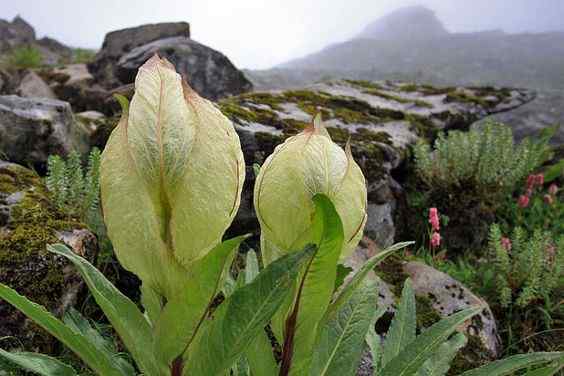
The Brahma Kamal plant, found in the Indian Himalayan Region, is used for various medicinal purposes by villagers in the upper Himalayan region. While its medicinal properties are not clinically proven, it is known to be a liver tonic, an excellent appetiser, and helpful in treating urinary tract disorders, fevers, and sexually transmitted diseases.
Read: Vastu for Water Tank: Simple Steps to Enhance Your Living
Other associated species like Kasturi Kamal, Phen Kamal, Snow Lotus, and Grass-leaved Saw-wort are also used in traditional medicine for various ailments. Additionally, Brahma Kamal holds immense sacred value in the region and is used as an offering in hill temples during festivals.
Brahma Kamal Plant Importance and Significance As Per Vastu

Vastu Shastra is an ancient Indian tradition that provides guidance on how to design and decorate homes and other spaces in ways that promote harmony, balance, and well-being. One of the essential aspects of Vastu Shastra is the use of plants and flowers to bring positive energy into a space and create a natural, peaceful ambiance.
Among the many plants recommended by Vastu Shastra, the Brahma Kamal plant is considered particularly sacred and powerful. This sacred flowering plant is said to bring happiness, good luck, and prosperity to those who keep it in their homes or gardens. Its delicate white flowers, which bloom only at night, are believed to have a calming effect on the mind and promote psychological balance and well-being.
Where to Keep the Brahma Kamal Plant As Per Vastu?
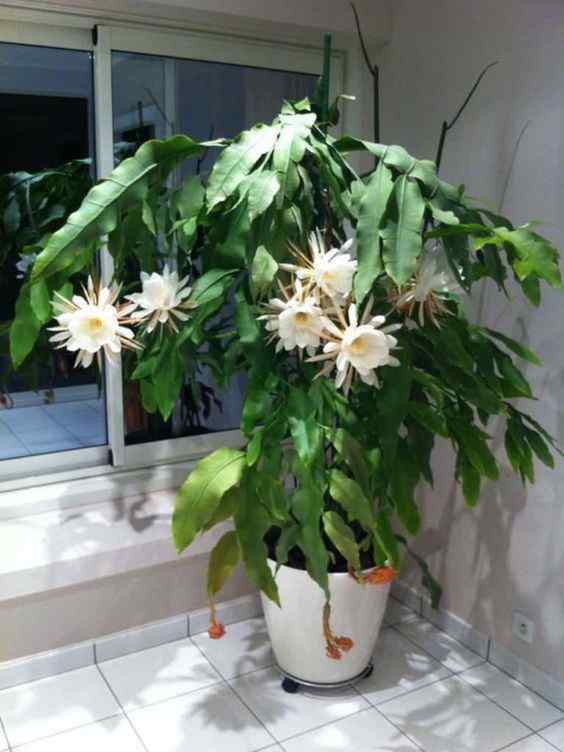
According to Vastu Shastra, the best place to plant a Brahma Kamal is in the centre of a home or in the northeast corner, as this is believed to attract positive energy and protect the household from negative forces. However, it is important to keep the plant in a clean and well-maintained area with plenty of sunlight and water to ensure its health and vitality.
Read: Make Your Home Compliant with These Main Door Vastu Ideas
While Brahma Kamal is a beautiful and beneficial plant, Vastu Shastra advises against buying, selling, or using it as a gift. This is because the plant is considered so sacred that it should be treated with the utmost respect and reverence, and not used for material gain or commercial purposes.
Suitable Climate for Growing Brahma Kamal Plant
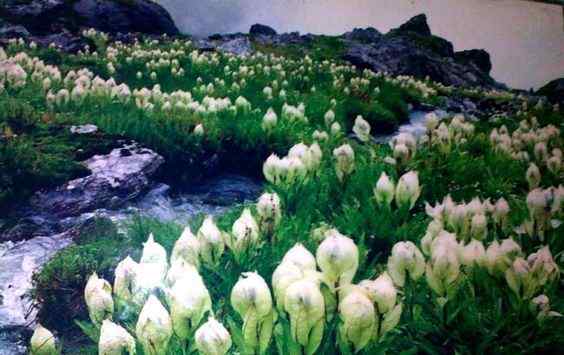
The Brahma Kamal plant thrives best in warm conditions with indirect and continuous sunlight exposure. Direct sunlight can cause sunburn to the plant’s leaves, turning them pale or yellow. Therefore, it is important to avoid changing the plant’s location frequently.
The plant prefers a temperature range of 25 to 35°C. Strong heat or cold wind can harm the plant, so it is best to place it indoors or in the shade during harsh winters or summers. Normal humid conditions are preferred by the plant to thrive.
Once the plant starts to bud, it is essential to keep it in the same position until it stops flowering. Repotting the plant during this time can prevent the bud from blooming. The Brahma Kamal plant is not tall or short, and it resembles a small bush throughout its life.
Read: Wind Chimes Vastu: A Cost-Effective Remedy for Eliminating Vastu Dosha
How to Grow a Brahma Kamal Plant at Home?
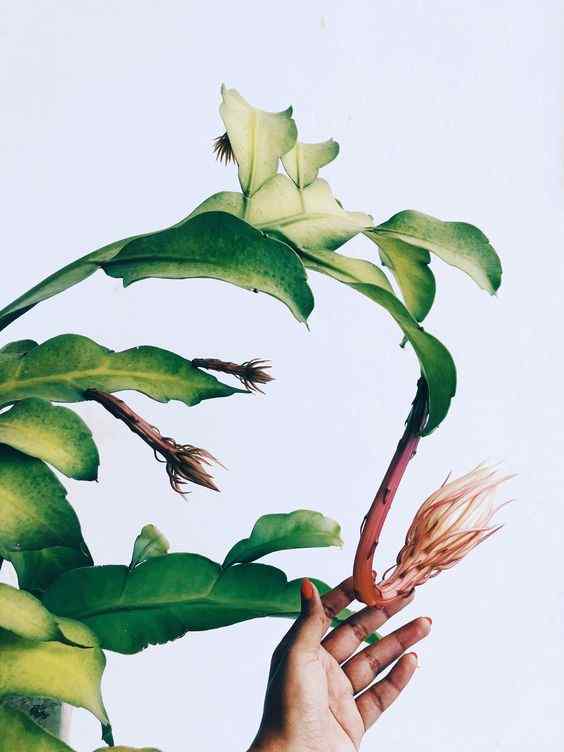
To grow and take care of the Brahma Kamal plant, it is crucial to choose a fast-draining potting medium that consists of sand and perlite. The plant needs a container with adequate drainage holes to prevent standing water. Repotting is necessary every two years or when the plant outgrows its container.
During repotting, care should be taken not to damage the root balls. Watering should be avoided for at least two days after repotting to allow the plant to recover.
The Brahma Kamal plant is a succulent that can retain water in its leaves, making them soft and fluffy during arid conditions. It would be best to water the plant when the top layer of soil dries up, avoiding over watering to prevent root rot. Yellow or brown leaves indicate root rot. To avoid fungal growth, it is preferable to water the soil directly instead of watering over the leaves. Proper care and regular monitoring will help the plant grow and thrive.
Read: Vaastu Animals for Home and Their Benefits
Brahma Kamal Plant Care
Brahma Kamal, also known as Saussurea obvallata, is a stunning flower native to the Himalayas. Ensuring its proper care is essential for its healthy growth and vibrant blooms.
Here are some key points to keep in mind when caring for Brahma Kamal plants:
- Light: Provide bright, indirect sunlight for at least 6-8 hours a day.
- Temperature: Keep the plant in a cool environment, ideally between 50-70°F (10-21°C), avoiding extreme heat.
- Watering: Water the plant thoroughly, allowing excess water to drain out. Ensure the soil is moist but not waterlogged, especially during the growing season.
- Soil: Use well-draining soil rich in organic matter, such as a mixture of peat moss, perlite, and sand.
- Fertilisation: Feed the plant with a balanced liquid fertiliser once a month during the growing season (spring and summer).
- Pruning: Trim dead or yellowing leaves and spent flowers to encourage new growth and maintain the plant’s appearance.
- Repotting: Repot the Brahma Kamal plant every 2-3 years to refresh the soil and provide room for growth.
- Pests and Diseases: Keep an eye out for pests like aphids and spider mites, and treat any infestations promptly. Ensure good air circulationto prevent fungal diseases.
How Can NoBroker Help?
NoBroker can help you incorporate the Brahma Kamal plant in your home design as per Vastu principles. NoBroker provides interior design services that take into account Vastu principles, including the placement of plants such as Brahma Kamal.
Contact our NoBroker interior design experts and ensure that your home is designed with Vastu principles in mind. We will help you decide the right placement of the Brahma Kamal plant, taking into account the direction and location that is most conducive to positive energy flow.
Incorporating Brahma Kamal plant and vastu principles in your home, can have a positive impact on the overall well-being of individuals. Therefore, by enlisting the help of a NoBroker interior designer, you can create a home that promotes positive energy flow and is in line with their Vastu beliefs.

Frequently Asked Questions
Ans: Brahma Kamal is a rare and beautiful flowering plant found in the Himalayas, particularly in the regions of Nepal, Bhutan, and Uttarakhand. It usually grows at an altitude of 3000 to 4800 metres above sea level in rocky and cold terrain.
Ans: Brahma Kamal has been used in traditional medicine for various purposes. The plant contains alkaloids, flavonoids, and other phytochemicals that have anti-inflammatory, analgesic, and antioxidant properties. It is commonly used to treat fever, cough, cold, and other respiratory ailments. The plant has also been used to alleviate joint pain and swelling.
Ans: The scientific name of Brahma Kamal is Saussurea obvallata. It is a species of the sunflower family (Asteraceae) and is commonly known as the Himalayan giant or king of the Himalayas.
Ans: In many cultures, Brahma Kamal is considered a symbol of good luck and prosperity. It is believed that the plant brings positive energy and attracts abundance and success. Some people even keep the plant in their homes or gardens for good luck.
Ans: In Vastu Shastra, Brahma Kamal is considered an auspicious plant that can bring positive energy and harmony to the home. It is believed that keeping the plant in the north or northeast direction of the house can bring good fortune, prosperity, and success.
Ans: Yes, you can pluck Brahma Kamal flowers at night, but it’s generally recommended to harvest them during the daytime when they are fully open for better preservation and to avoid disturbing the plant’s natural cycle.
Ans: Yes, Brahma Kamal plants require bright, indirect sunlight for at least 6-8 hours a day to thrive and produce healthy blooms. However, direct sunlight should be avoided as it can cause damage to the delicate flowers and foliage.









